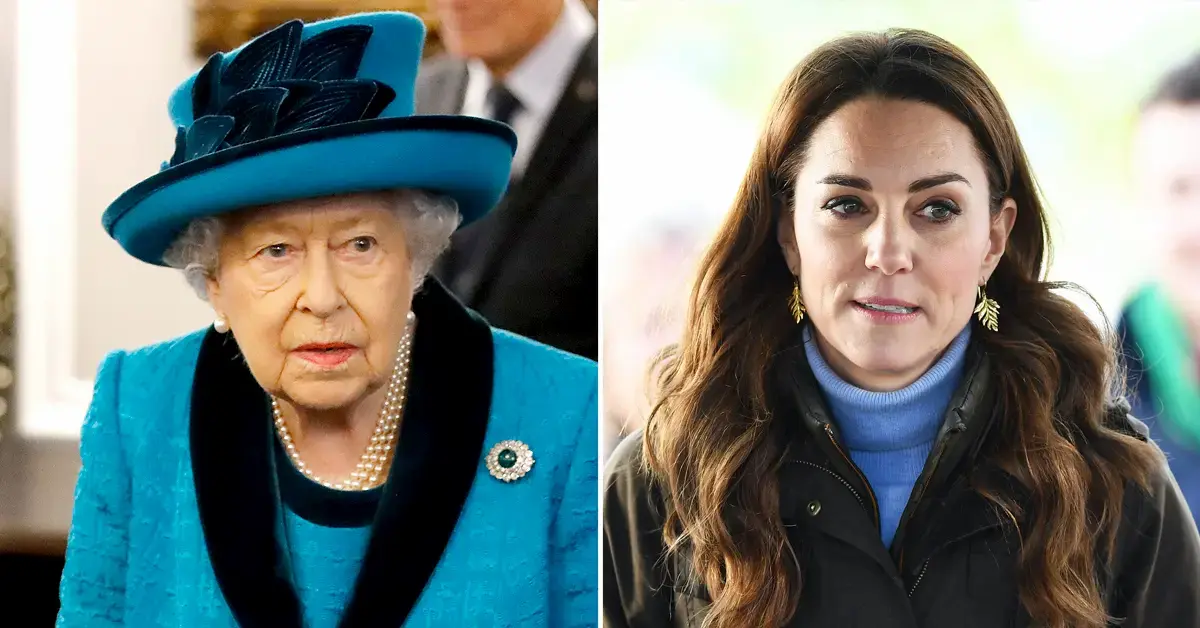Oct. 20, 2025 | Published 6:28 p.m. ET
Queen Elizabeth went to her grave privately “despising” the idea of changing royal succession laws to allow princesses to become monarchs before their younger brothers, RadarOnline.com can reveal. Her feelings are detailed in a new book that uncovers the late monarch’s quiet resistance to the landmark constitutional reform that would make this change possible.
The Late Queen’s Feelings Revealed
The 2013 Succession to the Crown Act—which established that the eldest child, regardless of gender, inherits the throne—was hailed at the time as a milestone for gender equality within the monarchy. However, according to Power and the Palace, a new book by royal correspondent Valentine Low, the Queen, then 85, was far from enthusiastic about this upheaval.
The book suggests the monarch “dragged her heels” on approving the change and only accepted it once it became politically unavoidable.
“Her Majesty was deeply traditional and didn’t like tampering with royal custom,” said a senior palace source. “She understood the symbolism, but the idea of rewriting centuries of protocol went against her instincts.
“In private, she called it unnecessary meddling and worried that it set a precedent for more constitutional changes later. The Queen did not want to be remembered as the one who opened that door.”
In Power and the Palace, Low writes that neither the Queen nor her aides showed “any great eagerness” when David Cameron, the then British prime minister, proposed the reform. Cameron had hoped to announce the law during a Commonwealth summit in Perth in October 2011, six months after the marriage of Prince William and Kate Middleton.
According to a government source, Cameron said to former Australian prime minister Julia Gillard: “William and Kate are getting married, there’s going to be kids, shall we sort this out?”
Low adds that “crucially, the palace was not against it. But they said that the government had to ensure the backing of the other 15 realms.”
The same source is quoted in the book as saying: “I always thought that the signals from Buckingham Palace were that if it was the wish of the duly elected prime minister of the day, and the realms can be sorted out, we will not stand in its way. I didn’t get the sense there was any great enthusiasm from the palace and the Queen herself.”
The Queen’s Beliefs
According to royal insiders, the Queen’s hesitancy stemmed not from any personal opposition to equality, but from her belief that the monarchy’s strength depended on stability and continuity.
“The Queen felt her role was to preserve, not reform,” said another source familiar with the discussions. “She didn’t believe the public was clamoring for this, and she hated the idea of constitutional tinkering. It was only after Cameron made it clear he was determined that she reluctantly agreed to move forward.”
The book also highlights the then-Prince Charles’s frustration over being left out of government talks. Buckingham Palace is said to have “firmly” instructed officials to deal directly with the Queen alone, stating there was “absolutely no need” to involve aides working for Charles or William.
Low writes that now-King Charles—who supported the principle of the change—later “ambushed” Cabinet Office permanent secretary Richard Heaton with questions about the Act. The story leaked to the press, prompting concerns Charles had “serious reservations” about the law.
Jeremy Heywood, then cabinet secretary, later told Heaton that Charles was “in the doghouse” over the incident.
Still, according to palace insiders, Elizabeth’s personal reluctance reflected her broader discomfort with modern political reform.
“The Queen had an almost sacred view of the constitution,” said a former royal adviser. “She believed her duty was to serve within the framework she inherited – not to alter it.
“To her, the notion of princesses overtaking princes in the line of succession was unsettling. She accepted it, but never embraced it.”


